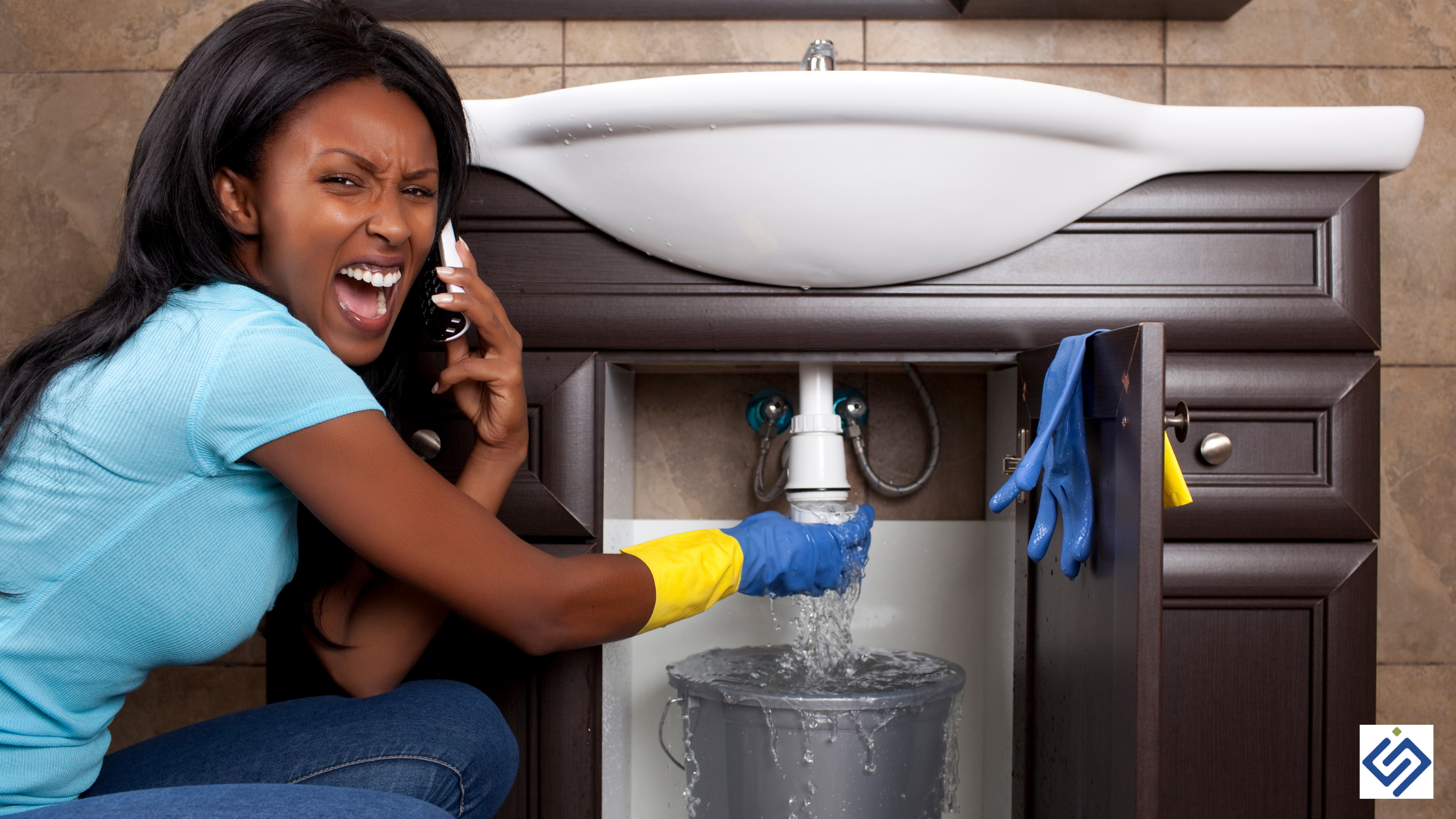This post which follows relating to How to Fix a Water Damage Bathroom is highly stimulating. Don't miss it.

The washroom is exceptionally vulnerable for moist buildup and also potential water damage because of the constant use of water in it. This short article supplies simple inspection methods to assist identifying water damages hazards.
The constant use of water in the restroom makes it very vulnerable for damp buildup and prospective water damages. By inspecting it routinely, you can minimize water relevant damages.
The complying with collection of inspections is simple to perform as well as should be done when in every three months in order to maintain your bathroom healthy as well as to prevent prospective water problems caused by the bath tub, the shower, pipe joints and also plumbing, sinks, cupboards, and the bathroom
Do not overlook executing these evaluations and be complete while performing them. Remember that these straightforward examinations can save you a lot of cash by supplying very early indications for water damage
Sinks and also Cabinets
Sinks as well as cabinets are revealed to wetness and humidity daily and are often ignored. Check frequently under the sink as well as on the countertop over it. Fix any drip in the catch as it might suggest drainpipe issues. Check out the sink, slow-moving draining pipelines may indicate an obstructed drain. Replace sink seals if they are cracked or loose.
Bathtub and also Shower
The shower as well as bath tub call for unique interest as well as upkeep. Inspect the ceramic tiles and replace if fractured. Ensure that there is no missing cement between the tiles. Inspect and replace fractured caulking at joints where the wall surfaces fulfill the flooring or the bathtub. Clogged drains pipes as well as pipes problems will prevent the bath tub from drying out as well as might suggest major problems beneath the bath tub. Seek advice from a specialist right away to prevent structural damage. Take note of discolorations or soft locations around the tub walls as they might show an interior leak.
Plumbing
Signs for water damage are tough to find because most pipelines are set up inside the wall surfaces.
Pay unique interest to flooring and wall surfaces dampness and also stains as they might show an undetectable plumbing trouble. Inspect moisture levels in adjoining rooms as well.
The Commode
The commode is a prone water joint. Inspect the water lines as well as search for leakages around the toilet seat, in the hose, and also under the water storage tank. If you identify any signs of dampness on the floor around the toilet, look for leakages in the toilet rim and container seals.
Know that hanging bathroom bowl deodorants boosts the chances for clogs.
Water Damage Signs In The Bathroom To Avoid Cleanup
Musty smell
This is one of the easiest signs to catch because musty smells are so odorous. The damp, earthy, moldy smell should be a big red flag. The smell will develop when moisture gets trapped in surfaces, and begins to facilitate mold growth. Leaking pipes under cabinets, inside walls, and behind shower fixtures will cause moisture to stay trapped and not dry, which will lead to mold growth and spread. As soon as you notice any musty smells in your bathroom, have it checked for hidden water damage and cleanup signs.
Visible mold
If the smell isn’t there to give it away, sometimes you will actually see mold growth. Finding mold in your bathroom is a serious problem, because mold is very harmful to your health. By the time mold growth is visible, it also means that water damage has already occurred and been present for some time. The only way the mold problem can be resolved is to find the source of the moisture and get it stopped. To safely and adequately remove mold, you need to have professionals handle the remediation. Do not waste any time in getting mold problems addressed, fixed, and sanitized so that you can protect you and your family from the many respiratory symptoms caused by mold exposure.
Damaged floors
Bathroom floors should be able to withstand some exposure to water while still remaining in good condition. However, when excess exposure or water leaks occur, they will begin to damage even the most water-resistant flooring. If you notice any cracking, bubbling, staining, or warping on your bathroom floors, there is probably a water leak somewhere causing the distortion. If you notice areas of the floor have become softer, or even have a spongy feeling, there is probably damage to the subfloor. Subflooring is typically made up of plywood. When plywood is exposed to water or moisture, it will absorb it. Once it has become saturated, the weight of the excess water will cause the wood to swell and soften. Check the floors in your bathroom frequently to catch any of these sings before they lead to damaged subflooring.
Changes on walls
When water leaks behind walls, it will cause changes in the drywall. Peeling plaster, blistering paint, and soggy wallpaper are all good indicators that excess water is building up behind the wall. Water leaking behind drywall will cause it to swell and be soft to the tough. If you start to notice gaps along the trim of your walls, or where tile meets the wall, it could also be a strong indicator that there is a leak behind the wall. Any changes, distortion, or damage on the walls should be evaluated as soon as you notice it to prevent further water damage and cleanup.

I stumbled upon that post about How to Prevent Bathroom Water Damage when surfing around the internet. Sharing is nice. Helping people is fun. Thanks for your time. Visit us again soon.
Services